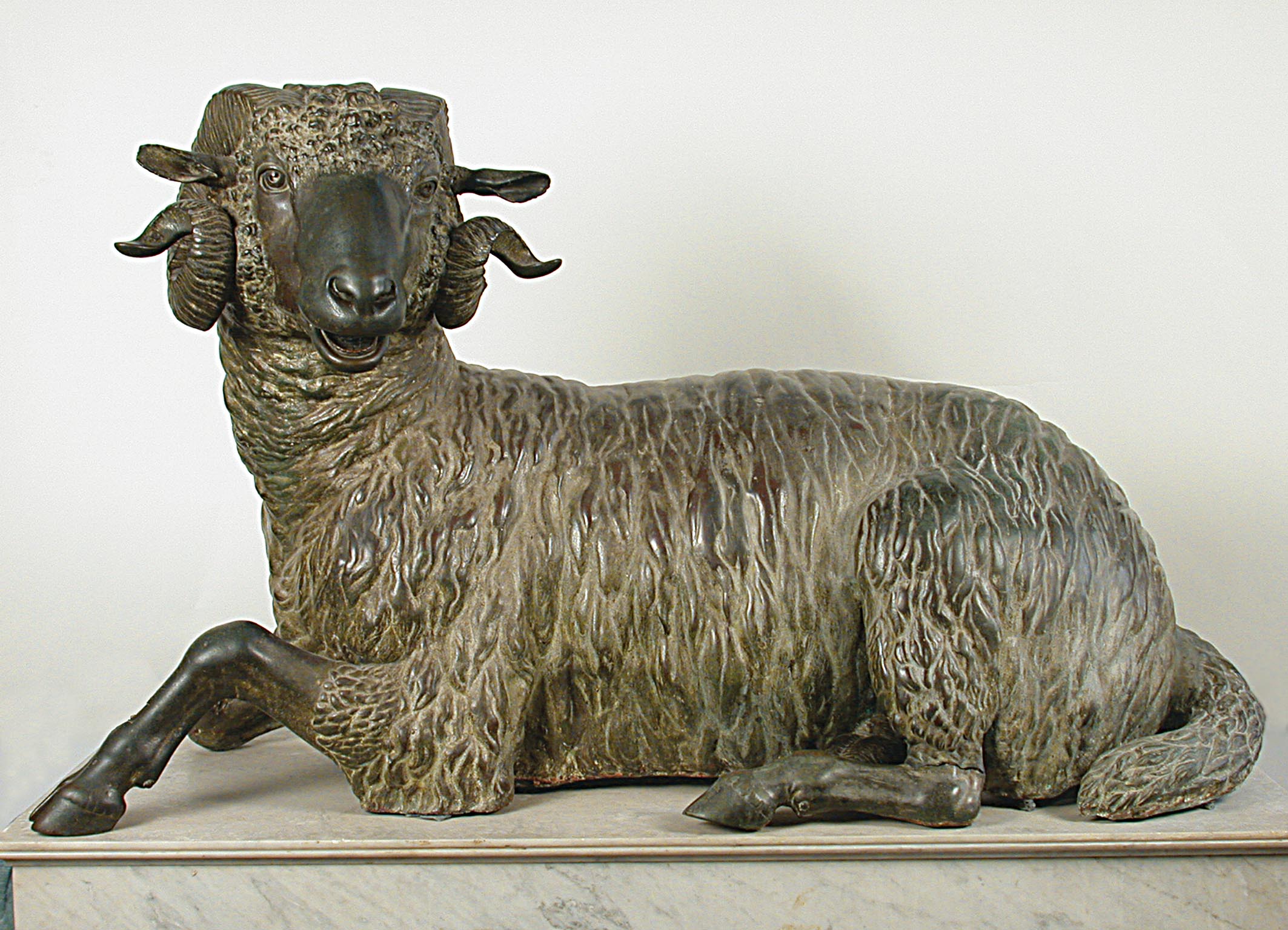
Read English version
Una visita al Museo Archeologico Regionale, intitolato ad Antonio Salinas grande studioso di antichità e fautore di tante campagne di scavi nell’isola di Sicilia, ci racconta soprattutto la storia e gli avvenimenti della parte nord-occidentale della costa siciliana.
Questa antica storia, iniziata nella preistoria, raggiunge un suo primo momento grandioso tra l’VIII e il VII secolo a.C. quando sbarcarono sulle nostre coste i Fenici ed i Cartaginesi.
Di queste prime dominazioni, nel museo sono presenti importanti reperti: da Mozia ci perviene la Statua egitizzante in pietra basilicata, da Lilibeo la Stele con triade beltica e sacerdote sacrificante, da Solunto la Statua di Zeus in trono e i due sarcofagi antropoidi.
Accanto a queste opere magnifiche figurano tanti altri reperti testimonianti la presenza della civiltà greca nell’isola provenienti da Selinunte. In particolare le metope del tempio dorico dedicato a Giunone del V secolo a.C., e nelle altre sale l’interessante collezione di ceramiche greche a figure nere e a figure rosse unitamente a quelle di origine apula, campana e siceliota; numerose opere in bronzo e in marmo tra le quali un frammento del fregio del Partenone.[N.B. da gennaio 2022 il frammento si trova al Museo dell’Acropoli di Atene. Con questa donazione la Sicilia ha fatto da apripista sul tema del ritorno in Grecia dei reperti del Partenone]
Una collezione tra le più importanti del mondo è l’insieme di ancore e l’insieme di monete legate alla civiltà del popolo degli Elimi. Infine, non mancano i ritratti e le testimonianze del mondo romano.
Questa pregevole raccolta è stata voluta ed iniziata dall’Università degli Studi di Palermo, arricchita grazie alla costituzione della Commissione di Antichità e Belle Arti della Sicilia nei primi decenni del XIX secolo e impreziosita dall’acquisizione di donazioni private quali la Collezione Astuto e la Collezione Casuccini (reperti etruschi) e le collezioni ecclesiastiche (Padri Gesuiti di Palermo).
Formatasi quindi una così ricca raccolta che includeva, tra gli altri, un reperto con iscrizione egizia detto la Pietra di Palermo.
Negli ultimi anni l’edificio è stato interessato da un importante restauro.
Per info, timetable, tickets: https://www.coopculture.it/it/poi/museo-archeologico-regionale-antonino-salinas/
Sito museo regionale
Indirizzo/address: Piazza Olivella, 24 –
Contacts regione: tel 091 611 68 05
*English
The visit to the Regional Archaeological Museum will give you the opportunity to go through the history and events of the northwestern part of the Sicilian coast. It was named after Antonio Salinas, a great scholar of antiquity and an advocate of many excavation campaigns on the island of Sicily.
This ancient history, which had begun in Prehistory, reached its first great moment between the VIII and VII century BC. when the Phoenicians and Carthaginians landed on our shores.
In the museum, there are important finds from these early dominations: from Mozia the Egyptianising Statue in basilicata stone, from Lilibeo (Marsala) the Stele with a warlike triad and a sacrificing priest, from Solunto the Zeus Statue in Throne and the two anthropoid sarcophagi.
Alongside these magnificent works there are many which show the presence of Greek civilization on the island from Selinunte. In particular, the Metopes of the Doric Temple dedicated to Juno of the fifth century BC, and in the other rooms the interesting collection of Greek ceramics with black figures and red figures, together with those of three different origins: Apula from Athens, Campana from Campania and Siceliota from Sicily; numerous works in bronze and marble, among which a fragment of the frieze from the Parthenon ( Since January 2022 the fragment of the temple has been in Athens)
The most important collection in the world is the set of anchors and the set of coins linked to the civilization of the Elimi people.At last, the museum also displays portraits and bears testimony to the Roman world. This valuable collection was promoted by the University of Palermo, enriched thanks to the establishment of the Antique and Fine Arts Commission of Sicily in the early decades of the 19th century and embellished by the acquisition of private donations such as the Astuto Collection and the Casuccini Collection (Etruscan finds) and ecclesiastical collections (Jesuits of Palermo).
After forming such a rich collection that included, amongst others, an Egyptian inscription called the “Pietra di Palermo”.
In recent years the building has been carefully restored.
